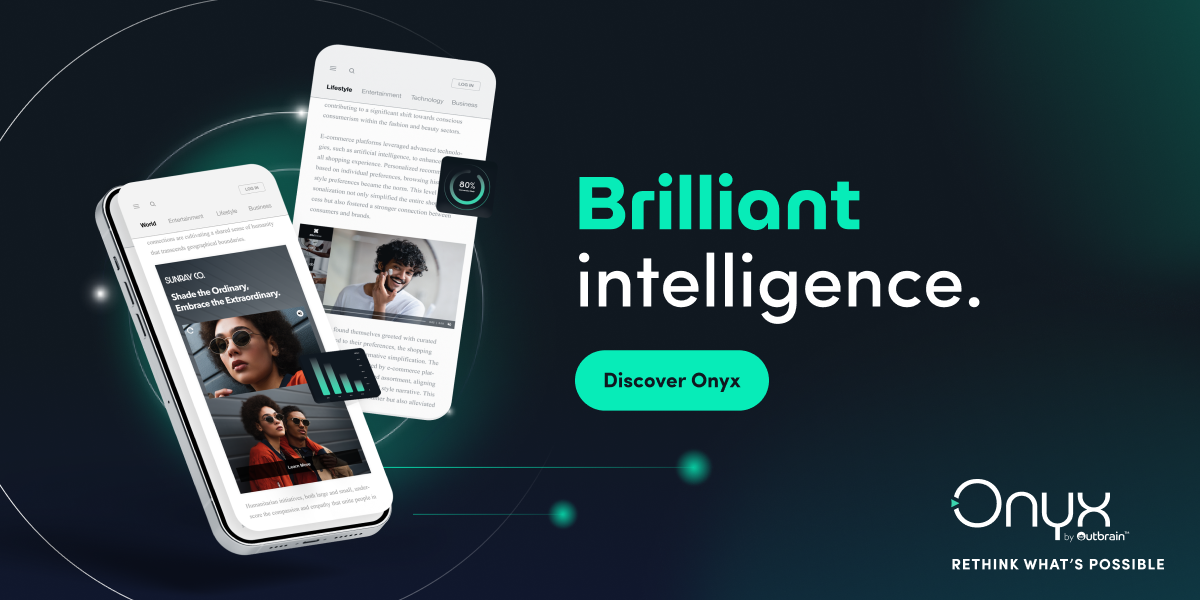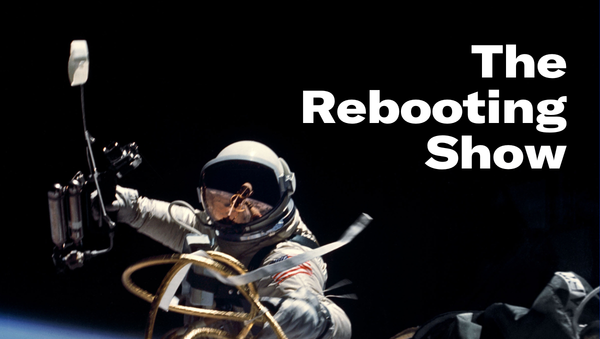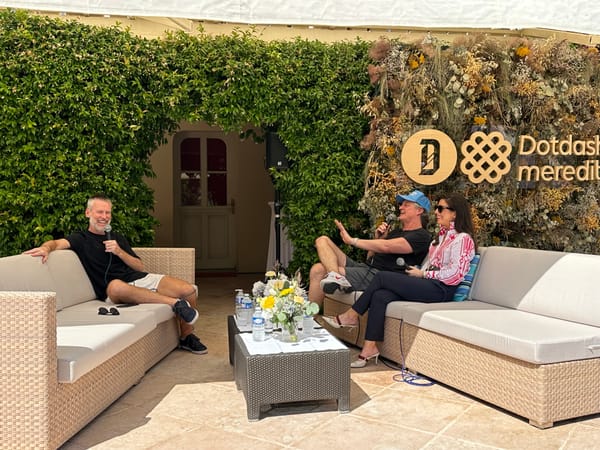Reality checks
Times have changed

My preferred New York City coffee shop for writing had someone break into it last night and rip the safe out of the wall. NYC still has it. This week:
- Media’s reality check
- For members: The paths for solo “creators” (need a new term)

Delivering better brand outcomes in intentional spaces

Despite the increased online presence of consumers, holding their attention is not a given. Only 27% of young adults are fully engaged on social media, in contrast to the 50% who are attentive on the open web.
Recognizing the unique value of the open web as a space where users are more deliberate with their attention, Onyx by Outbrain™ leverages years of consumer engagement insights to ensure your brand appears in the right places at the right times. Rethink the impact of your advertising efforts with tailor-made, engaging experiences that capture and hold consumer interest where it counts.
Rethink what's possible with Onyx
Reality checks
Troy has a fun saying: Everyone lies in media. It’s an acknowledgement that much of the industry was a reality distortion field built on artifice, posturing, packaging and growth hacks. On a deeper level, I have long sensed a willful ignorance and cynicism in many strategies. Something that’s emerged in recent conversations is that if there’s a shift in the wake of the media industry’s latest so-called extinction event to a new grounding in reality in the more-with-less era. I see this unfolding across several areas.




